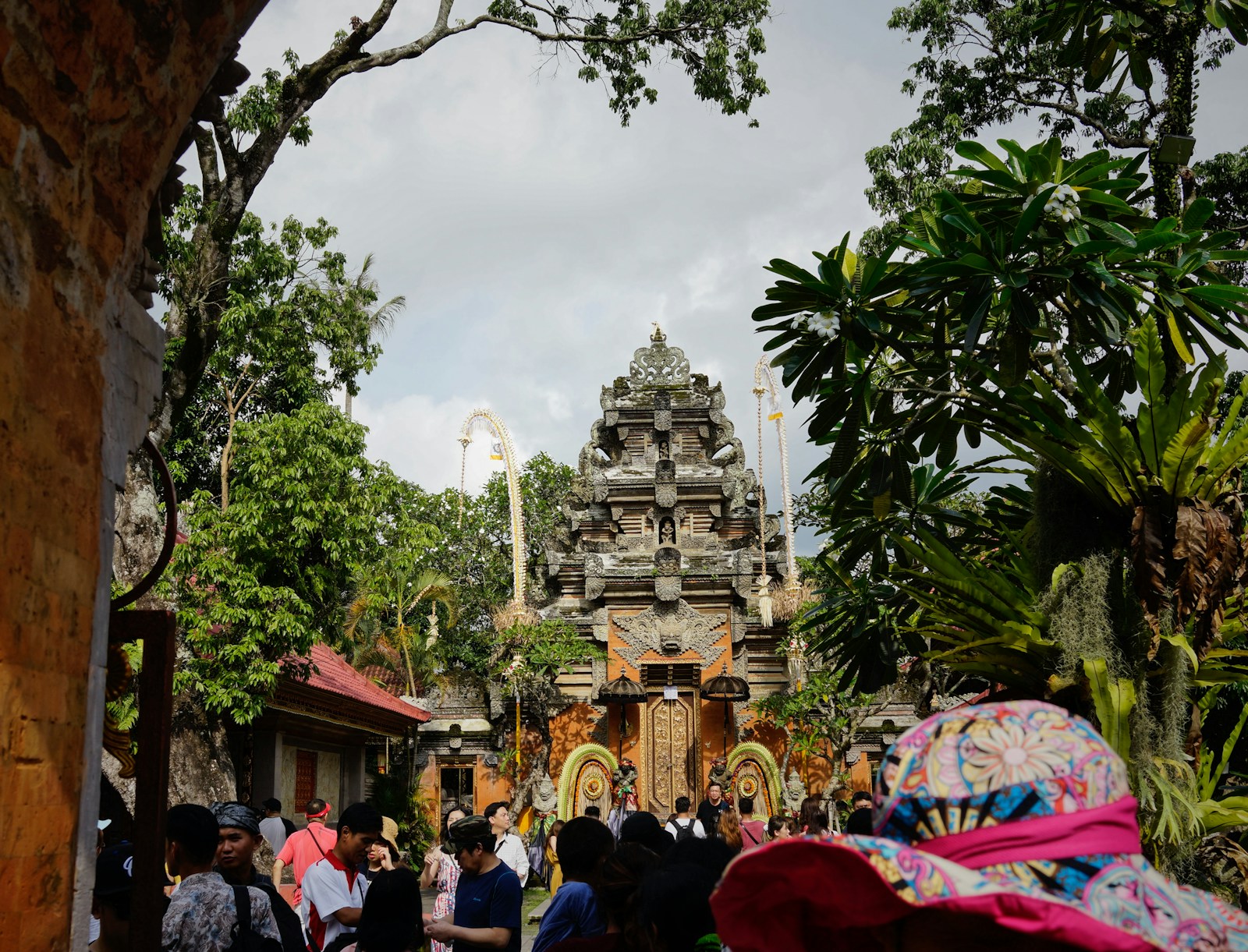
le long de

along
The French word 'le long de' is used similarly to how we use 'along' in English. It denotes a position that extends over a certain line or area. For example, 'I walked along the river' translates into 'J'ai marché le long de la rivière'. It's used both spatially and temporally.
Example sentences using: le long de
Il a construit un mur le long de la frontière.

He built a wall along the border.
In this sentence, 'le long de' specifies the path of construction (along the border) for a certain structure (a wall).
Ils font une randonnée le long de la rivière.

They are hiking along the river.
Here, 'le long de' is used to describe a journey or activity that follows the course of a river.
Nous avons marché le long de la route jusqu'à l'école.

We walked along the road to the school.
In this sentence, 'le long de' specifies the path taken (along the road) to reach a certain destination (the school).
Le vent souffle le long de la vallée.

The wind blows along the valley.
This example illustrates the use of 'le long de' to indicate the direction or course of something, in this case, the wind blowing along a valley.
Je vis le long de la côte.

I live along the coast.
Here, 'le long de' is used to describe where someone resides, emphasizing that the residence is situated along the length of the coast.
Des arbres ont été plantés le long de l'autoroute.

Trees were planted along the highway.
This sentence uses 'le long de' to denote the route or place where an action took place, which is along the highway.
Elle a couru le long de la piste.

She ran along the track.
Here, 'le long de' is used to state the course of her run, which is along the track.
Le château est situé le long de la rivière.

The castle is located along the river.
In this example, 'le long de' pinpoints the location of something, stating that the castle is situated along the river.
Il a nagé le long de la côte.

He swam along the coast.
This sentence uses 'le long de' to indicate the route of his swim, which is along the coast.
Il se promène le long de la plage.

He walks along the beach.
This sentence illustrates the use of 'le long de' in describing the continuous action of walking along the length of a location, which in this case is a beach.